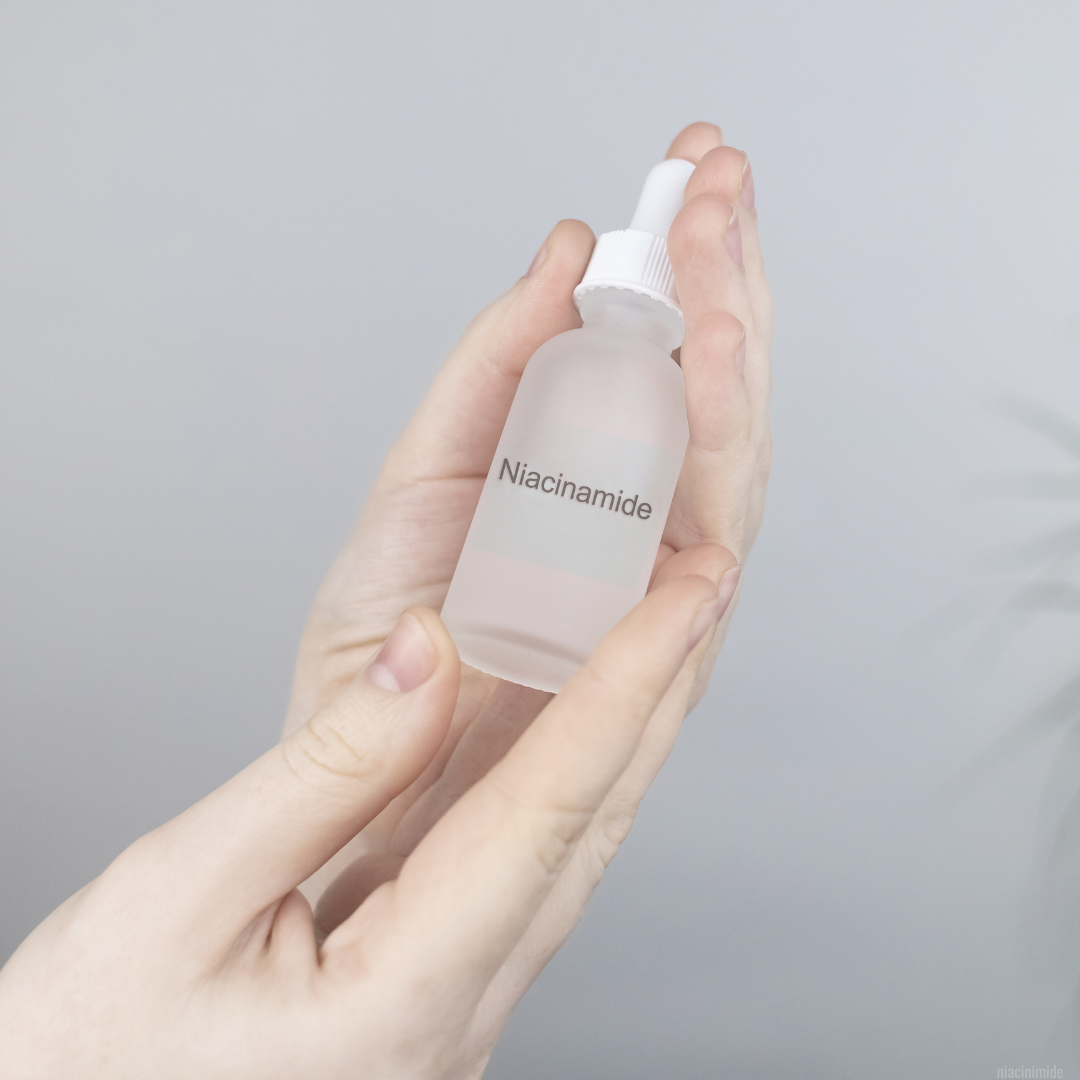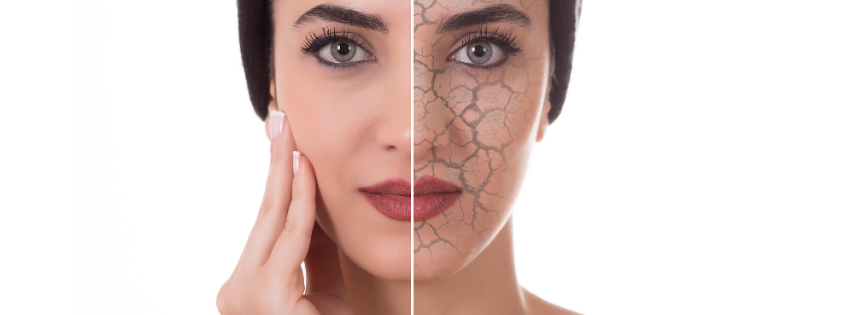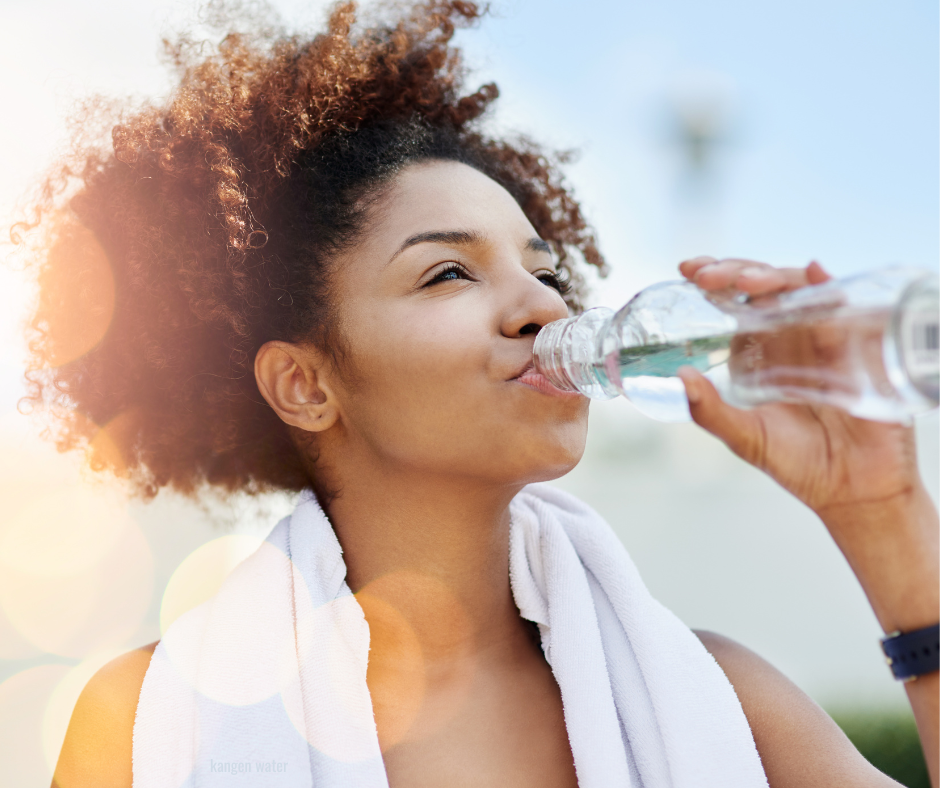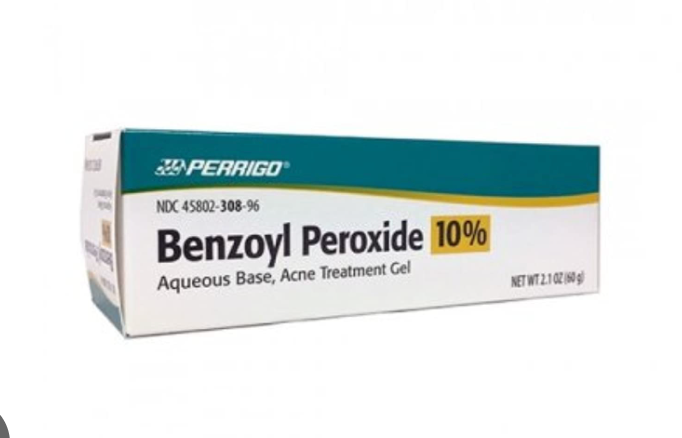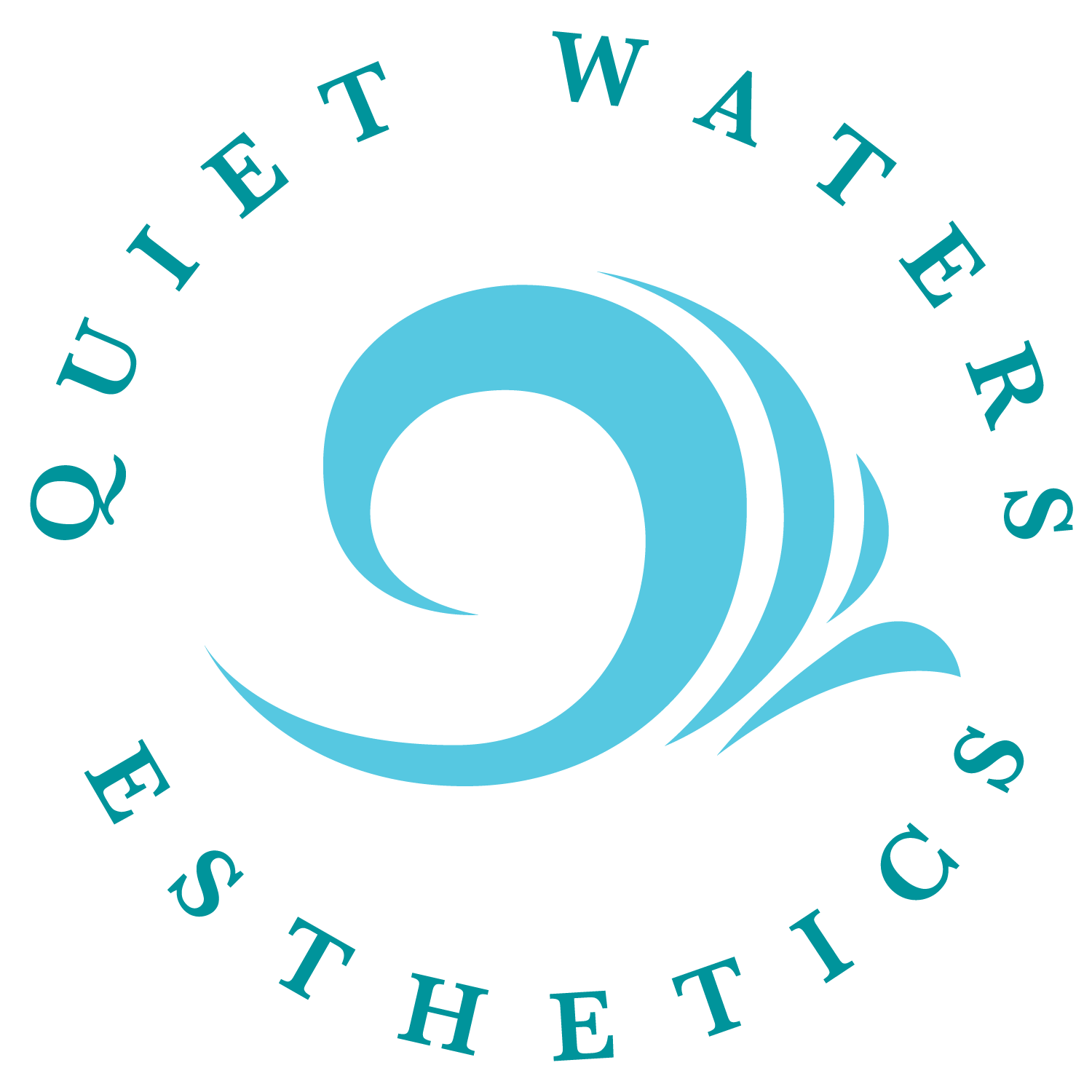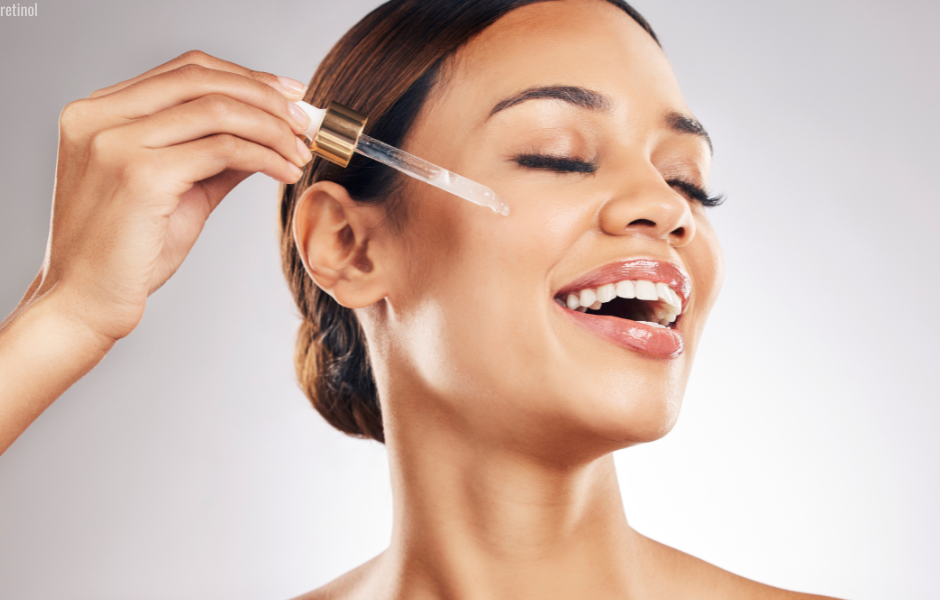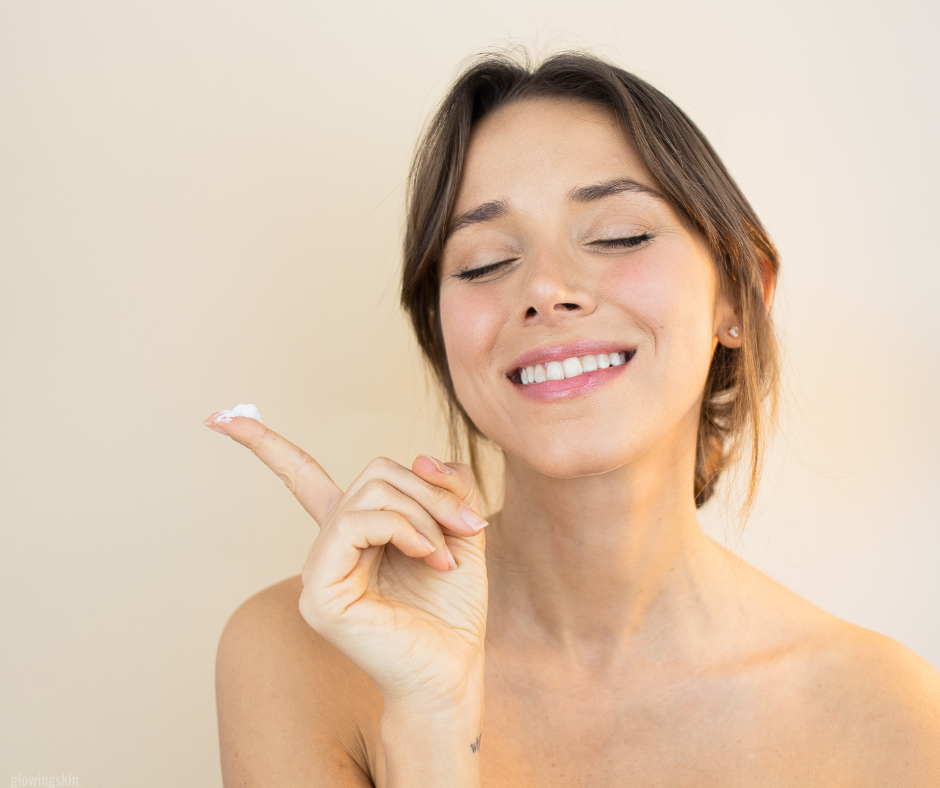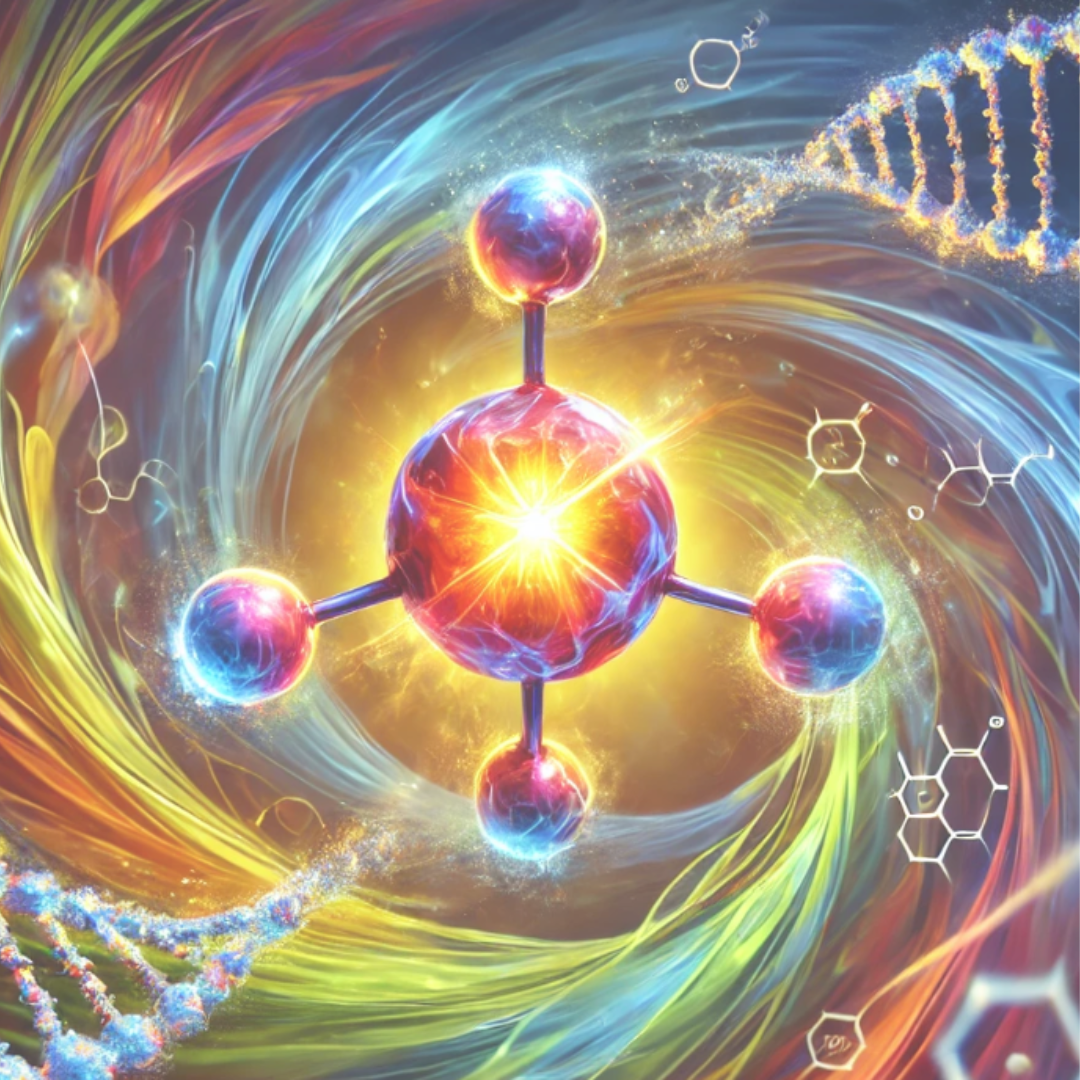Conquering Acne: Navigating Treatment Options When Professional Help Isn't an Option
Explore Effective Over-the-Counter Solutions for Acne Management Amid Financial and Time Constraints
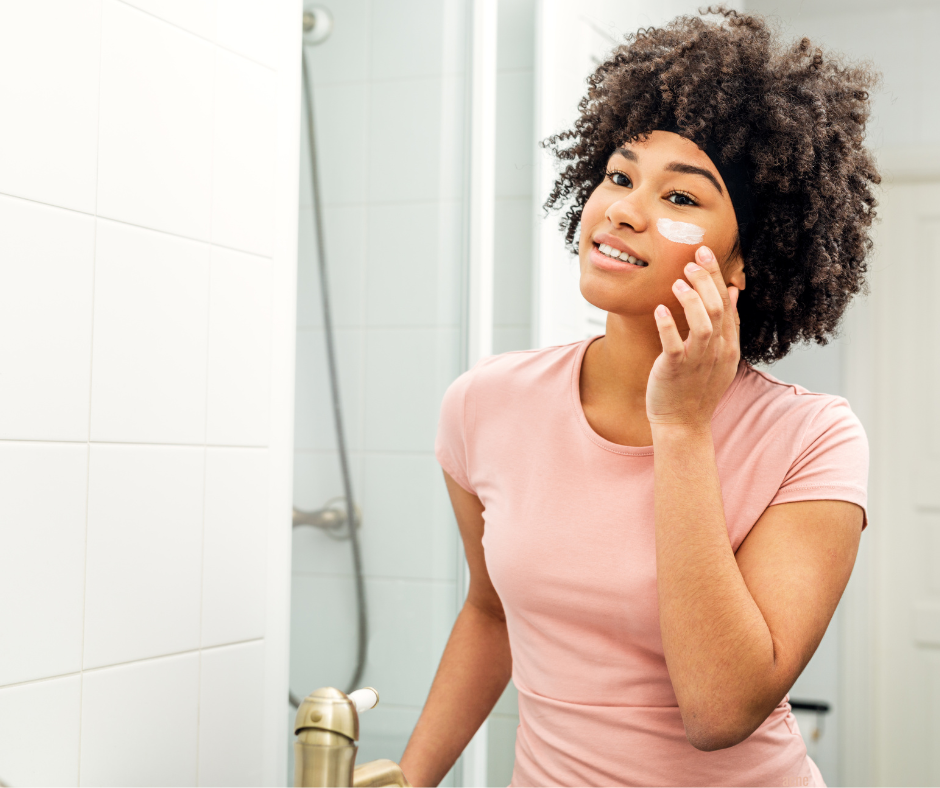
When consulting an esthetician for acne is not feasible due to factors such as financial limitations, accessibility, medical conditions, or time constraints, over-the-counter (OTC) acne products present viable alternatives for managing the condition. Many individuals opt to try these products before or instead of seeking advice from an esthetician or dermatologist.
Acne vulgaris is the most prevalent chronic skin condition globally, impacting approximately 85% of individuals aged 12 to 24. It manifests as pimples or skin lesions primarily on the face, chest, and back.
Finding effective treatments for acne can be challenging, yet it is essential. For many, untreated acne can lead to permanent scarring and associated mental health issues, including anxiety, depression, and low self-esteem.
OTC acne products include lotions, creams, gels, scrubs, cleansers, and more.
In some cases, OTC acne products may be all you need to manage mild or moderate acne. If your acne is more severe, OTC medicines may help enhance the effects of prescription treatments.
Here's what you need to know about the active ingredients you'll find on the pharmacy shelf.
1. Benzoyl Peroxide
Benzoyl peroxide is the most commonly recommended OTC acne medication in the U.S. People have been using it to treat acne for almost a century.
- Description: Benzoyl peroxide is a topical (applied to the skin) antibiotic. OTC concentrations range from 2.5% to 10%. It's available in lotions, creams, gels, foams, solutions, and cleansing bars. It should also be used with an anti-oxidant or moisturizer as it’s been known to deplete vitamin E in the skin.
- Benefits: It is antibacterial, anti-inflammatory, exfoliating and helps control oil production. It is effective in attacking the bacteria Cutibacterium acnes, a primary cause of acne.
- Examples: Products like Neutrogena On-the-Spot Acne Treatment, PanOxyl Acne Creamy Wash, Differin Daily Deep Cleanser, Acne Free Severe Acne Deep Cleansing Foaming Wash
- Considerations: It may cause skin redness, peeling, or burning, and it can bleach clothes or hair. Start with lower concentrations, which may be as effective as higher concentrations for mild or moderate acne. You might even want to add moisturizer after it has dried to help with dryness.
2. Salicylic Acid
Salicylic acid is another popular OTC acne treatment. At high concentrations, you can also use it for cosmetic chemical peels.
- Description: Salicylic acid is a topical medicine that helps promote skin peeling (exfoliation). It's available OTC in concentrations of 0.5% to 5% for acne.
- Benefits: It helps with exfoliation, causing dead skin to shed. Reduces sebum production (oil).
- Examples: Products like CeraVe Acne Control Gel, PanOxyl Clarifying Exfoliant, Neutrogena Oil-Free Acne Wash, and the Ordinary Salicylic Acid 2% Solution
- Considerations: Do not use if you are allergic to salicylates which can be found in aspirin and some food items.
3. Alpha Hydroxy Acids (AHAs)
Alpha hydroxy acids (AHAs) include the following organic acids found in nature: glycolic, citric, lactic, and malic acid. People who cannot use first-line treatments due to side effects or other reasons may use AHAs.
- Description: AHAs are used for skin peeling in conditions like acne, scarring, and age spots.
- Benefits: AHAs hydrate skin, exfoliate, and decrease acne lesions.
- Examples: Products like Cerave Skin Renewing Nightly Exfoliating Treatment, The Ordinary Glycolic Acid 7% Toning Solution, and L'Oreal Paris Revitalift 10% Pure Glycolic Acid
- Considerations: Be sure to check if you have allergies to any of the AHAs. They may cause redness, swelling, itching, or burning; start with low concentrations.
4. Sulfur
Sulfur is a chemical element and a well established ingredient for treating acne.
- Description: Sulfur is a topical medication that can help prevent clogged pores and is effective for mild to moderate acne alone or in combination.12
- Benefits: It is antimicrobial, absorbs oil, promotes shedding of dead skin cells and is a gentler alternative to benzoyl peroxide and salicylic acid. Excellent for treating fungal acne.
- Examples: Products like ProActiv Skin Purifying Mask, Face Reality Sulfur Spot Treatment, and Thayers Rapid Acne Treatment
- Considerations: Sulfur has a high pH and can potentially make acne worse in some cases. Use a pH adjusting toner after application. It’s an exfoliating product so be careful combining sulfur with other exfoliants.
5. Tea Tree Oil
Tea tree oil is an essential oil traditionally used for bug bites, wounds, athlete's foot, and acne.
- Description: Oil from the Melaleuca alternifolia plant is a popular herbal remedy available as an OTC acne treatment in formulations like gels and face washes. It does not have the same acne fighting clout as benzoyl peroxide or salicylic acid, however it can help clear and soothe the skin.
- Benefits: It is anti-inflammatory, exfoliating and antimicrobial. It helps with oily skin and decreases pimples.
- Examples: Products like Sunday Riley UFO Ultra-Clarifying Face Oil, 100% Pure Tea Tree & Willow Clarifying Astringent, Skin Laundry 3-In-1 Cleansing Oil, MeridaSkin Tea Tree Oil Foaming Facial Cleanser, and The Beauty Foundry Clarifying Tea Tree Facial Oil.
- Considerations: It may cause allergic reactions, itching, or scaly skin. It is for use only on the skin. Only use tea tree oil if diluted in a carrier oil.
6. Retinoids
Retinoids are a powerful class of compounds derived from vitamin A that are very effective for managing mild to moderate acne. They work through several mechanisms to effectively reduce and prevent acne, both inflammatory and noninflammatory. When used in combination with other treatments, (ie. Benzoyl peroxide and salicylic) they can address multiple factors that contribute to acne.
- Description: Retinoids come in different forms such as tretinoin (prescription strength), adapalene (OTC), retinol, retinaldehyde, tazarotene (prescription). These retinoids need to convert to retinoid acid in a two step oxidation process, then it effectively exfoliates and unclogs pores and helps speed up skin cell turnover.
- Benefits: Retinoids are anti-aging, anti-inflammatory, exfoliating and help prevent the clogging of pores. They can penetrate deeply into the epidermis and dermis to achieve significant skin thickening through greater collagen production, thus reducing the appearance of lines, wrinkles and acne scars.
- Examples: Products like Differin Gel Acne Treatment and ProactivMD Adapalene Gel 0.1%
- Considerations: It may cause redness, peeling, dry skin, or burning. Most irritation occurs within the first two weeks of use. To minimize side effects, gradually increase how often you apply it. Also, you should apply sunscreen regularly when using retinoids due to the risk of sun sensitivity.
7. Azelaic Acid
Azelaic acid occurs naturally in barley and grain. It helps block bacteria that cause acne. It is also anti-inflammatory and can help with the redness associated with rosacea.
- Description: Azelaic acid is a topical that helps reduce acne-causing bacteria, inflammation and improves uneven skin tone and texture.
- Benefits: It is antibacterial, anti-inflammatory and has antioxidant effects. It is gentle on the skin and less likely to cause irritation compared to retinoids or benzoyl peroxide.
- Examples: Products like Paula's Choice Azelaic Acid Booster, Dermatica Clarifying Azelaic Acid Cream, and The Ordinary Azelaic Acid Suspension Brightening Cream.
- Considerations: It may cause skin irritation, or dryness particularly at the beginning of treatment.
8. Niacinimide
Niacinamide, also known as vitamin B3, is gaining popularity in acne treatments due to its multiple benefits for the skin.
- Description: Niacinamide can be found in various topical products such as serums, creams, and toners. For best results, look for products with concentrations between 2% to 10%
- Benefits: Niacinimide in anti-inflammatory, regulates oil production, improves skin barrier integrity, reduces pigmentation and minimizes the appearance of pores.
- Examples: Products like The Ordinary Niacinamide 10% + Zinc 1%, Paula’s Choice 10% Niacinamide Booster, COSRX The Niacinamide 15 Serum, CeraVe PM Facial Moisturizing Lotion
- Considerations: Niacinamide is generally well-tolerated, but some individuals may experience mild irritation, redness or burning, especially at higher concentrations.
How to Choose the Right OTC Acne Medication
When striving to manage acne successfully with OTC acne medication, it's essential to evaluate your options carefully. Several factors to consider when choosing a treatment include the following:
- Acne type: Different products are more suitable for some types of acne than others. Retinoids are generally the most effective first treatment for whiteheads or blackheads.6 For inflammatory acne, consider adding benzoyl peroxide to a retinoid.6 Azelaic acid is a good choice if you have acne scarring.12
- Skin type: Select products based on your skin type (oily, dry, combination, sensitive).1 People with dry skin will typically respond well to creams and lotions. Those with oily skin may be better off using a gel.18 People with sensitive skin must proceed extra slowly when starting retinoid treatment because these can irritate the skin.19
- Ingredients: Read the ingredients list to ensure it does not contain ingredients to which you're allergic. Choose a medication based on its effectiveness and consider its potential for irritation. Ask your pharmacist for recommendations if you cannot see your healthcare provider.
- Test it out: To ensure your chosen product suits your skin well, first test it on a small area. Dermatologists recommend applying a small amount of the medicine to the same spot of your skin for seven to 10 days to monitor for skin reactions.25
When choosing the right OTC acne medication, also consider your preferences, such as fragrant versus fragrance-free brands.
How to Use OTC Acne Products
Before starting any OTC acne treatment, understanding how to use these products effectively is essential. To optimize results, follow these recommendations when using OTC acne products:
- Instructions: Follow the manufacturer's directions unless your healthcare provider suggests otherwise. Ask your healthcare provider or pharmacist if specific tips can help you achieve results and minimize the side effects of your medicine. For example: If you use a retinoid, like adapalene, try applying it only every other day and wash it off after 30 to 60 minutes for the first two to four weeks to minimize skin irritation.19
- Combining products: Benzoyl peroxide is a recommended add-on for people who use another antibiotic to treat acne. When taken in combination, benzoyl peroxide helps prevent antibiotic resistance, which can happen when bacteria learn how to outsmart medicines designed to kill them.6
- Be patient and consistent: Acne treatments may take eight weeks or more to work.6 To find out whether your medicine is effective, take it regularly and allow time for its results to become visible. Remember, everyone's skin responds differently; patience is key.
Are OTC Acne Products Safe for Me?
OTC acne products are safe for most people, but critical considerations to be aware of include the following:
- Allergies: Read the ingredients label to ensure your product has ingredients to which you're allergic.
- Precautions: Retinoids can be toxic to fetal development and are not recommended during pregnancy.26 Ask your healthcare provider for a recommended acne treatment if you're pregnant or breastfeeding. People with eczema should avoid retinoids unless directed to do so by their healthcare provider.5 People with more melanin in their skin should take caution when using azelaic acid because it can change skin color.12
- Interactions: Using multiple ingredients known to irritate the skin may cause damage and is not recommended.27 For example, people who use adapalene should be extra cautious with products that contain sulfur or salicylic acid because these can irritate the skin.27 Apply benzoyl peroxide and the prescription retinoid Retin-A (tretinoin) at different times of the day because they are chemically unstable when combined.28
As a general rule, do not use abrasive or harsh ingredients unless instructed to by your healthcare provider.
When to Contact Your Dermatologist
OTC products can be a great starting place for acne treatment. However, sometimes they might not work, have side effects you can't live with, or harm your mental health.
Contact your healthcare provider if you experience any of the following:
- Worsening mental health: Reach out to your healthcare provider promptly if you have concerns while you're dealing with symptoms of acne. Signs that acne is taking a toll on your mental health can include things like avoiding social interactions, worrying excessively, low energy, or the loss of interest in activities you usually enjoy.29 Don't ignore these symptoms and seek help sooner rather than later.
- Acne that isn't improving after a few months: If your acne hasn't improved after at least eight weeks of consistently using an OTC product, consider contacting your healthcare provider or a dermatologist.6 You may need a different product or a stronger prescription medication.29
- Scarring: If you have acne scars, discuss a treatment plan with your healthcare provider rather than self-treating for best results.29
Taking care of your skin is essential, as is your overall well-being. Seek support if you're facing skin care or acne challenges that impact your mental health.
Your healthcare provider can help you explore more effective options tailored to your needs. They may also provide guidance on how your diet and other lifestyle factors may benefit your skin in addition to treatment.
Prescription Acne Medication
If your OTC acne treatment is not working, you may want to discuss options with your esthetician or dermatologist, including prescription medications, such as the following:
- Topical antibiotics like clindamycin and erythromycin
- Systemic antibiotics (affecting the entire body) like doxycycline and minocycline
- Topical retinoids like tretinoin and tazarotene
Remember that you can use OTC products together with prescription medicines. For instance, benzoyl peroxide is often added to antibiotic therapy to minimize the risk of antibiotic resistance.
Summary
Acne is a prevalent skin disorder that can cause physical and mental scarring if not adequately treated. OTC products are available for treatment. Active ingredients in OTC acne products include benzoyl peroxide, salicylic acid, adapalene, tea tree oil, and azelaic acid.
The best products for you may involve trial and error. Some factors to consider include the type of acne you have, your skin type, and the active ingredients of the product. Be consistent in using your acne products, keeping in mind that it can take months for some products to work.
Contact your dermatologist if your skin worsens or you develop scars.
